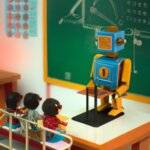Kids train AI fighters in new educational game
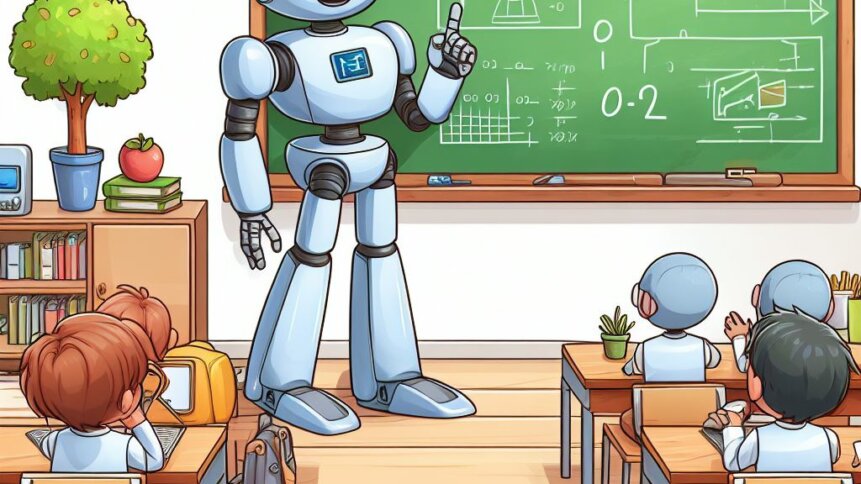
• People need an AI education – and fast, because the technology is evolving at speed.
• Could a fighting game be an easy way to gamify the process of AI education?
• Could we use gamification to educate people in AI at every level?
The relationship between AI and education has been a tense one since they started the same spaces in the tech-powered world. After generative AI initially became commonplace, there were fears it would enable mass cheating at schools and a collegiate level.
ChatGPT was quickly banned from all New York state schools, and professors were quick to look for ways to identify machine generated content.
In the year since then, there’s been quite a shift. Some of this is because over time AI has shown itself to be unreliable and not all that convincing in its essay writing. But it’s also because its ubiquity has had to be accepted. in the same way that computers, and then the internet, became too indispensable to leave out of education as a whole, so generative AI has joined the wealth of must-have technologies.
After acceptance, the next step was to begin to use AI as a tool in education. In early education, the technology can be used to create interactive games to teach children academic and social skills. At a higher level, it can be used to summarize long passages of text for in-class discussion or to generate talking points.
Then, earlier this year, the Japanese education ministry outlined the importance of education on AI in a set of guidelines for teaching students about the technology. They stipulated that students should be aware of the advantages and disadvantages of AI before they can use it.
So, how best to teach about AI, and who is equipped to do so?
It’s unlikely that the majority of educators will by coincidence be experts in the field of generative AI. That’s why new ways of teaching need to be introduced so that the next generation of teachers are AI literate.
AI education through gameplay
Gamification is, across the board, a well-known way of engaging students. Duolingo’s success is known to be hugely thanks to its game-like interface and the potential for competition on the app.
ArenaX Labs, the studio behind AI Arena, sought to use the advantages of gamification and competition in education to teach AI literacy through interactive play.
We spoke to CEO Brandon Da Silva and COO Wei Xie about their vision for the future of AI education.
Part of their philosophy is that it’s imperative that everyone understand the workings of AI, beyond its mere usage. AI Arena, which is a player-vs-player fighter game, is aimed at a younger demographic because, according to Brandon, “younger people are more proficient, because [technology] is almost like a second language to them […] they grew up programming. I feel like it’s important to equip kids in time for this new world that’s ahead of them.”
That’s not to say that the older generation can’t learn this – but we’re already playing catch-up with the rate of the technology’s uptake compared to education on it. That’s why starting young is key: Wei pointed out that “there’s a structural deficit, a supply and demand balance, in terms of the people in the world that actually understand the technology relative to how quickly this technology is moving.”
Not enough people actually understand how to build solutions with AI, how to improve and manipulate it so that it can solve different problems. “That’s the layer of understanding and aptitude that [they’re] trying to open the window to for the younger generation.”
AI Arena requires players to train AI models to battle each other autonomously. The competitive element will engage students in learning more effectively that more traditional teaching methods might.
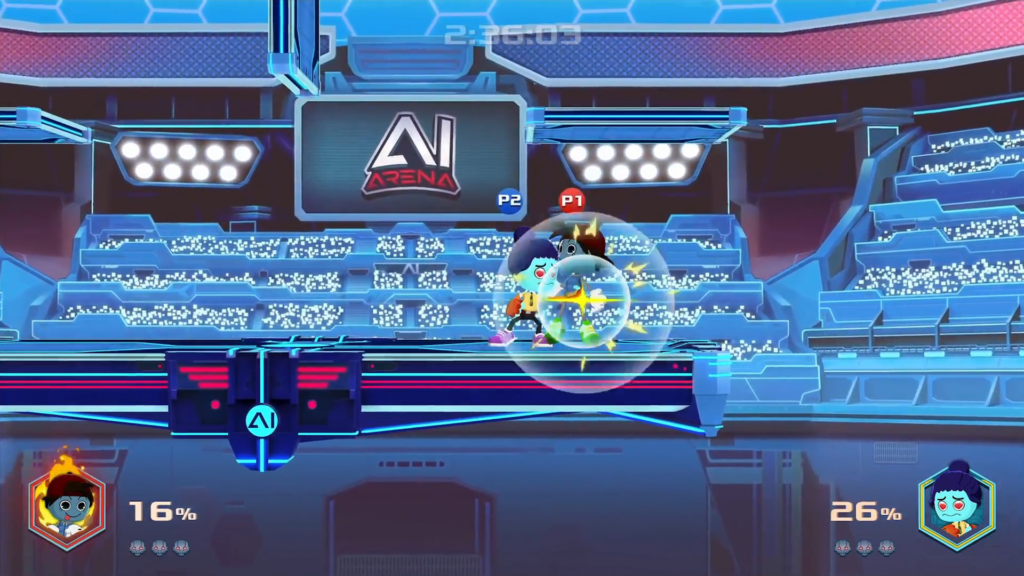
The format is familiar, but players “teach” their autonomous fighters the winning moves.
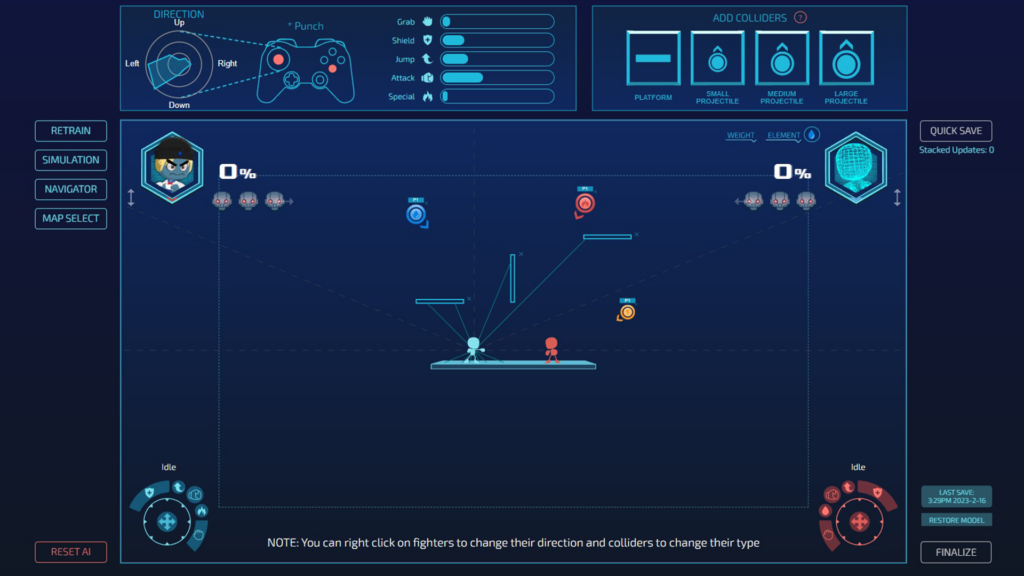
Programming a player’s moves – harder than spamming all the buttons…
For now, the key demographic ArenaX is catering to is the adult gaming market, from ages around 18-30. But this is by no means a limitation, and despite a current focus on college level students, the core infrastructure has intentionally been designed so it can be scaled back and applied to any game.
Traditional institutionalized education is already being disrupted by AI, so professors are already thinking about more creative ways to integrate applied learning into their curriculums, says Wei.
“This is a very interesting way to package a curriculum or coursework […] And because it’s also competitive, you can use it as midterm project work, not only to get people engaged, but it’s actually a very interesting way to evaluate how people are learning information as well.”
The game isn’t an attempt to replace Masters or PhD programs, of course. Rather, it’s a gateway for students to get into AI.
Brandon says we should “think about this as the starting point to get familiar with these concepts, understand how machine learning algorithms work.”
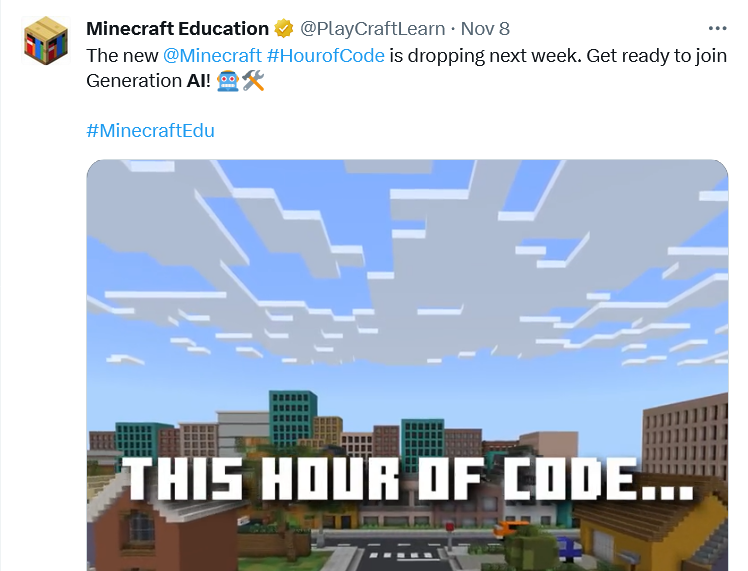
Other massively popular games are available for your AI education.
Already looking to the next step, ArenaX plans to release a research platform, where you actually start to build code.
We are still relatively early in the lifecycle of AI. That’s why the future of the technology is so obscure. The best way to prepare is by equipping as many people as possible with a core understanding of the workings of AI.
For more on AI Arena and ArenaX, visit their sites. Brandon Da Silva and Wei Xie can both be found on LinkedIn.








